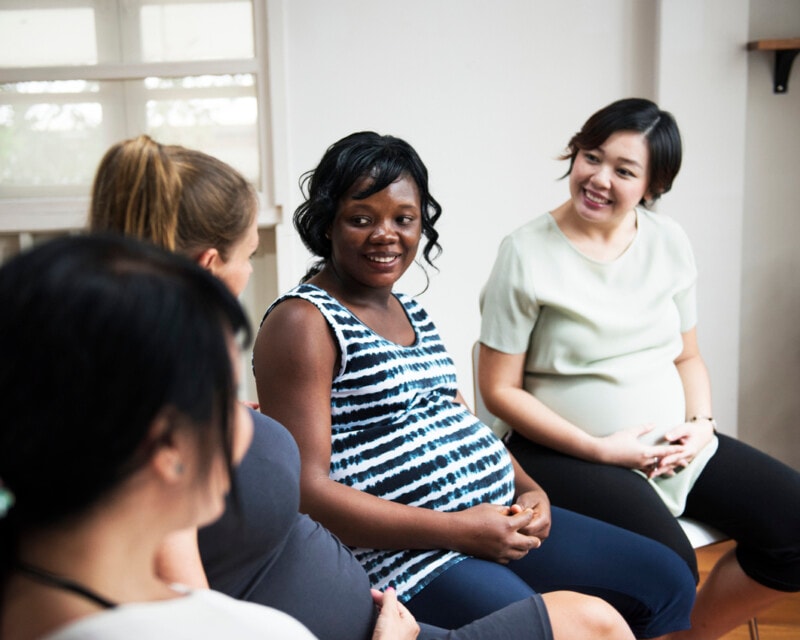The link between gender inequality and violence against women


Gender inequality is when men are valued more than women, and have more power, resources and opportunities.
Public life in Australia is still marked by gender inequality. In our legal and political systems, and in workplaces and the community, men continue to hold the majority of power and influence. Gender inequality also persists in the private domain, for example, at home and in relationships.
Gender inequality sets the underlying context for violence against women. There are 4 factors that consistently predict or ‘drive’ violence against women.
When we support or condone violence against women, levels of violence are higher. Condoning violence against women occurs in many ways, such as when we justify, excuse or trivialise violence – ‘boys will be boys’ – or blame the victim – ‘what did she expect, going out dressed like that?’
Violence is more common in relationships where men make all the decisions, feel they ‘own’ their partners or hold rigid ideas about how women should behave. In the public sphere, when women have less independence and power, this sends the message that women are less valuable or worthy of respect – making violence against them more likely.
Gender stereotyping is when we promote the idea that there are natural or innate ways for women and men to behave – such as that men are naturally aggressive and dominant, and women are naturally passive and submissive.
This drives violence against women because it can result in punishment for women, men and people of other genders when they don’t conform to expected roles. It also contributes to the idea that men should have more power than women and others in public, and in their relationships.
Men’s relationships with other men can be a source of support and comfort for men. But, when they are used to promote aggression, dominance, control or ‘hypersexuality’ (through things like sexual boasting), they are associated with higher levels of violence against women.

Men and women both experience violence – but they experience it differently. Men are more commonly the perpetrators of physical violence, sexual harassment and sexual violence. Men experience violence mostly from male strangers, in public, and women experience violence mostly from men they know, at home (usually a current or ex-partner).
Women are more likely than men to fear, and be seriously harmed or killed by, a partner. On average, one woman is killed every nine days by a current or former partner.
Read more facts and statistics on our quick facts page.
The ways women experience violence are also different. Gender inequality ‘intersects’ with other systems of discrimination and oppression, such as ableism, racism and homophobia, to shape women’s experiences of violence.
Read more about how to prevent violence against different groups here.
There are 4 ‘reinforcing’ factors that do not drive violence on their own but can contribute to violence against women or make it worse.
For more information about the drivers of violence against women, please read Change the story.

4 resources in this collection
Change the story publications and videos outline the actions needed to address the underlying drivers of violence against women.

2 minute read
Find out more about the essential actions to address the gendered drivers of violence against women.